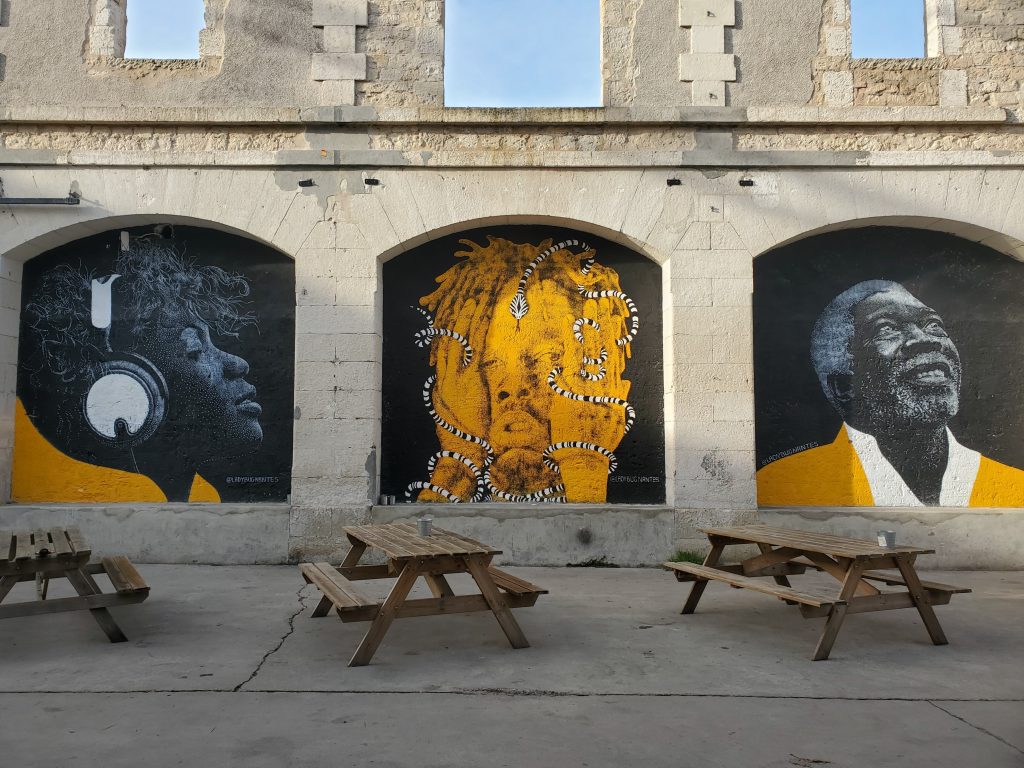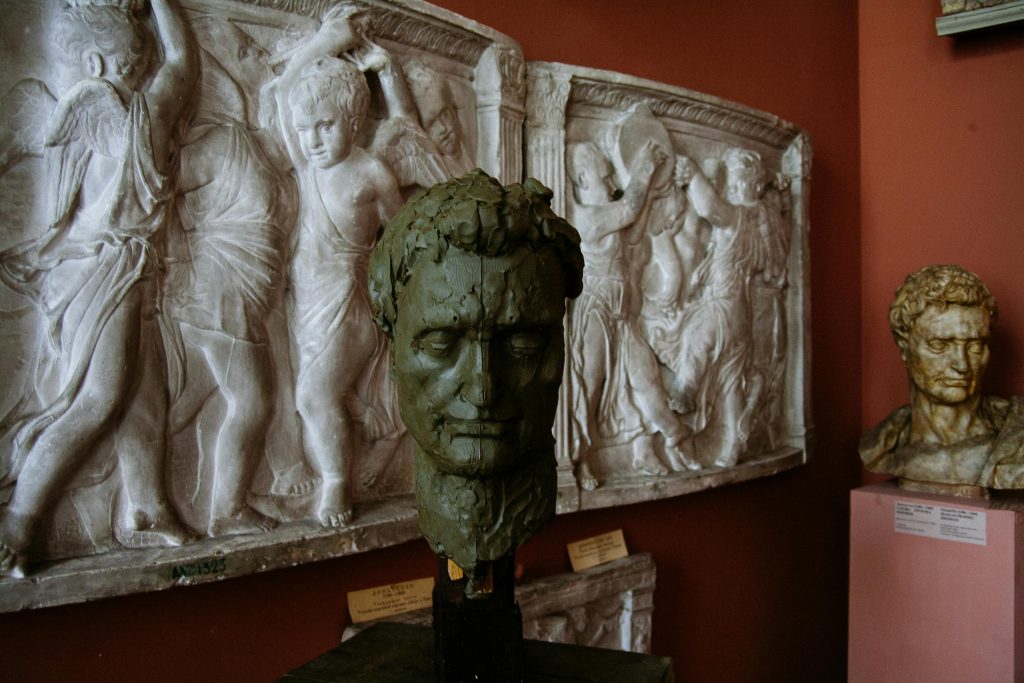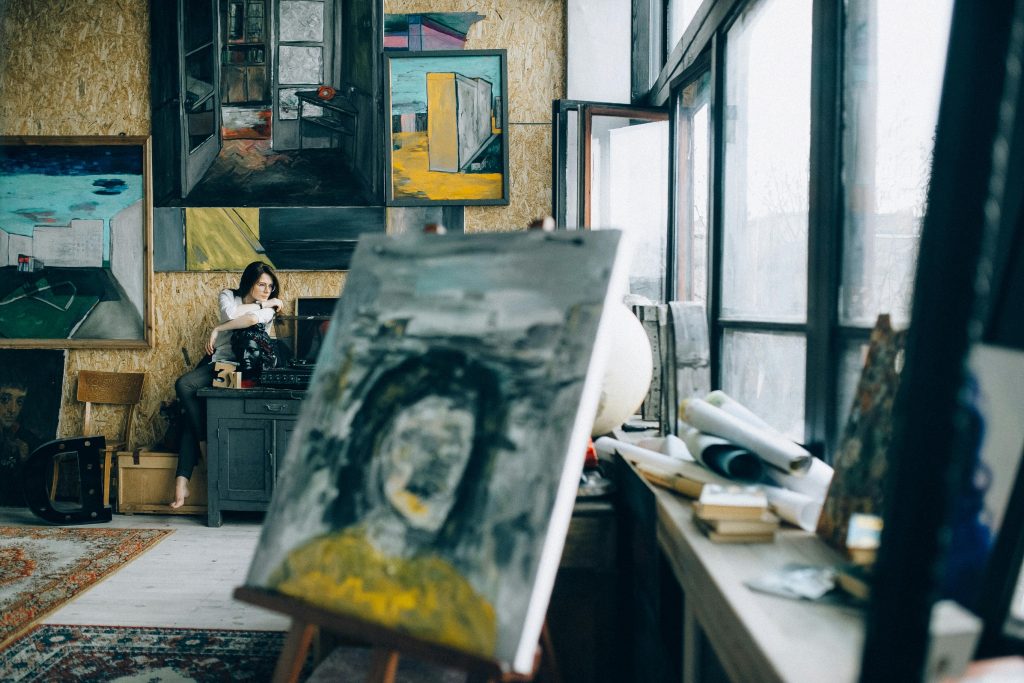The Old adage “beauty lies in the eye of the beholder” embodies a profound truth about our perception of art, aesthetics experience, and beauty-surely not as an immutable objective reality but as a subjective experience that varies from person to person. This divergence in taste stretches beyond mere opinions and preferences, intertwining with notions such as psychology, sociology, and neurology.
To fully grasp why we find certain things aesthetically pleasing and others not, we must explore, which brain regions are responsible for the neurological processing of what we deem as beautiful (neurology), what sort of effect does beauty exert on our emotions and thoughts (psychology), and lastly, to examine how our social environment influence our individual preference, and the collective cultural perception at large (Sociology).
The Psychological interplay between the Mind and the Aesthetic experience
This field examines the distinct and deep-seated responses art invokes, offering insights into the intricate interplay between art and our psychological frame of mind. Key studies including research on “mere exposure effect” demonstrate that familiarity increase our appreciation of art, highlighting the psychological foundation of our aesthetic and artistic preference.
Additionally, research into art’s impact on well-being and empathy, supported by substantial empirical evidence, illuminating how art consumption can positively effect our mental health and foster a greater understanding of others. A 2010 study by Neufeld et al, titled “using visual arts education and reflective practice to increase empathy and perspective taking in medical students” explore how arts education could enhance empathy in medical professionals.

The Neurological Basis of Artistic Appreciation
Neurological studies have illustrated how our brain process beauty and artistic appreciation through complex mechanisms. In Addition, Functional magnetic Resonance Imaging (fMRI) shows areas like the medial orbitofrontal cortex activating in response to beautiful stimuli, highlighting a neural foundation for pleasure derived from art. This includes engagement of the brain’s reward system and dopamine secretion underscoring a biological underpinning for our attraction to beauty.
the Cultural and Social Basis of the Aesthetic Experience
The human aesthetic experience, shaped by cultural and social frameworks where surroundings, customs, traditions and social interactions mold and guide our perception of art and beauty at large. Nevertheless, cultural norms and values dictate what we find attractive and aesthetically pleasing and what is not, illustrating that these concepts differ across cultural contexts and historical periods.
Therefore, This variability suggest that our aesthetic preferences are not innate but learned. We are influenced and shaped by the cultural artifacts and aesthetic traditions we encounter throughout our upbringing
In addition, social interactions and group dynamics actively mold and form the collective sense of aesthetic preference in many ways. Group discussions, opinion exchange, art exhibitions, and public performances, standing as a cultural window for individuals to exchange and aesthetic experiences and opinions that might either reinforce or challenge the individuals preference. Thus, shaping cultural appreciation and actively transmitting aesthetic values and norms across generations.

Principles and Metrics for Informed Art Assessment
- Conceptual Exploration: Assess how effectively the artwork explores a concept, theme, or an idea. pay sharp attention to the depth, originality, authenticity, and clarity of the massage conveyed.
- Formal Execution: Examine the artist’s technical capacities, and the mastery of the chosen medium. This may include aspects like composition, color theory, the incorporation of light and shadow, or craftsmanship in sculpture and performance.
- The Emotional Depth: the potential of the artwork to evoke emotions in the viewers. Does is taps into qualities such as joy, sadness, sorrow, wonder, or something else entirely?
- Historical and Cultural Context: Run a close examination of the artwork’s connection to it historical context and cultural background. In which way does it address, reflect, or challenge the prevailing social norms and aesthetics of its era?
- Innovation and Experimentation: Take into account the artist’s use of novel, authentic, innovative approaches or forms of expression. Does the artwork push boundaries or challenge established conventions?
- Personal Connection: For a Solid and viable artistic assessment, Acknowledge the subjective nature of art appreciation. reflect on your personal response to the artwork – what resonate with you and why ?

In the abstract sphere of art, beauty, and aesthetic appreciation, the old saying rigs true and valid for ages yet to come ” Beauty lies in the eye of the beholder”, reminding us of the rich fabric of individual perception shaped by our psychological, neurological, and sociocultural experiences. Let us embrace the diversity of perspectives and experiences that make art a truly universal language, linking us across different walks of life.







